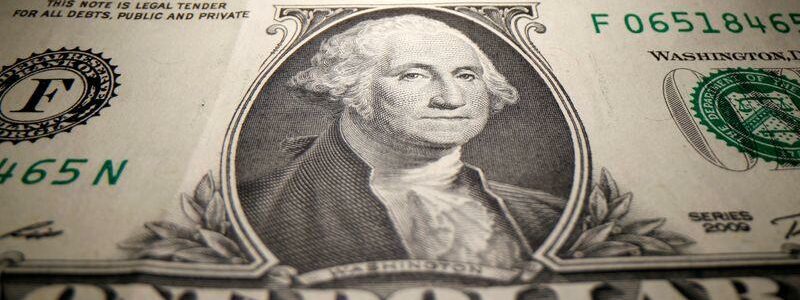
U.S. dollar rebounds from post-Fed weakness, lifted by higher yields
NEW YORK (Reuters) – The dollar climbed broadly on Thursday, as higher U.S. Treasury yields helped it retrace all its losses from the previous session following the Federal Reserve’s pushback against market expectations of potential interest rate hikes.
The U.S. dollar index was 0.53% higher at 91.853, after falling 0.56% to a two-week low of 91.30 earlier in the session.
The U.S. economy is heading for its strongest growth in nearly 40 years, even as central bank policymakers are pledging to keep their foot on the gas despite an expected surge of inflation, the Fed said on Wednesday.
While inflation is expected to jump to 2.4% this year, above the central bank’s 2% target, Fed Chair Jerome Powell said that is viewed as a temporary surge which will not change the Fed’s pledge to keep its benchmark overnight interest rate near zero.
“Markets are playing chicken with the Fed, betting that the central bank’s reaction function will evolve once today’s ultra-dovish policy stance succeeds in generating above-target inflation,” said Karl Schamotta, chief market strategist at Cambridge Global Payments.
“Traders are essentially betting that Powell will succeed in proving himself wrong. This is tilting interest rate differentials in the dollar’s favor and clobbering rate-sensitive currencies on a global basis,” he added.
Following the Fed’s statement on Wednesday, the benchmark 10-year yield retreated from a 13-month high of 1.69% hit early on Wednesday. On Thursday, yield on the 10 year bond resumed its recent rally to hit a fresh 13-month peak of 1.754%.
Graphic: Playing catch-up,
Data showing the number of Americans filing new claims for unemployment benefits unexpectedly rose last week did little to shake yields and the dollar lower.
Against the yen, the dollar gained 0.13% to 108.98 yen.
A Nikkei report said the Bank of Japan (BOJ) was expected to slightly widen an implicit band in which it allows long-term interest rates to move around its 0% target.
Elsewhere, Norway’s crown reached its strongest against the euro in 13 months – 10.0223 crowns per euro – before erasing gains after Norway’s central bank left its key interest rate unchanged at a record-low 0.0% on Thursday and shifted its forward guidance to signal that a rate increase may follow in the second half of this year.
The euro was last up 0.5% at 10.1274 crowns.
Sterling fell against the dollar as the Bank of England warned the outlook for Britain’s recovery remained unclear, dampening some speculation the bank would signal a more confident outlook.
The pound was 0.3% lower at $1.3930.
In the cryptocurrency market, bitcoin fell 1.21 to $58,188.21, after earlier hitting $60,000 again.
“The price reversal from $61,000…trapped a lot of the longs, which were subsequently liquidated as bitcoin slipped,” said Pankaj Balani, chief executive officer at crypo derivatives platform Delta Exchange.
“This move has spooked traders and triggered some profit-taking but it does not seem anything more than a short-term correction. Bitcoin remains bullish over a medium to a longer-term time frame.”
Source: Read Full Article